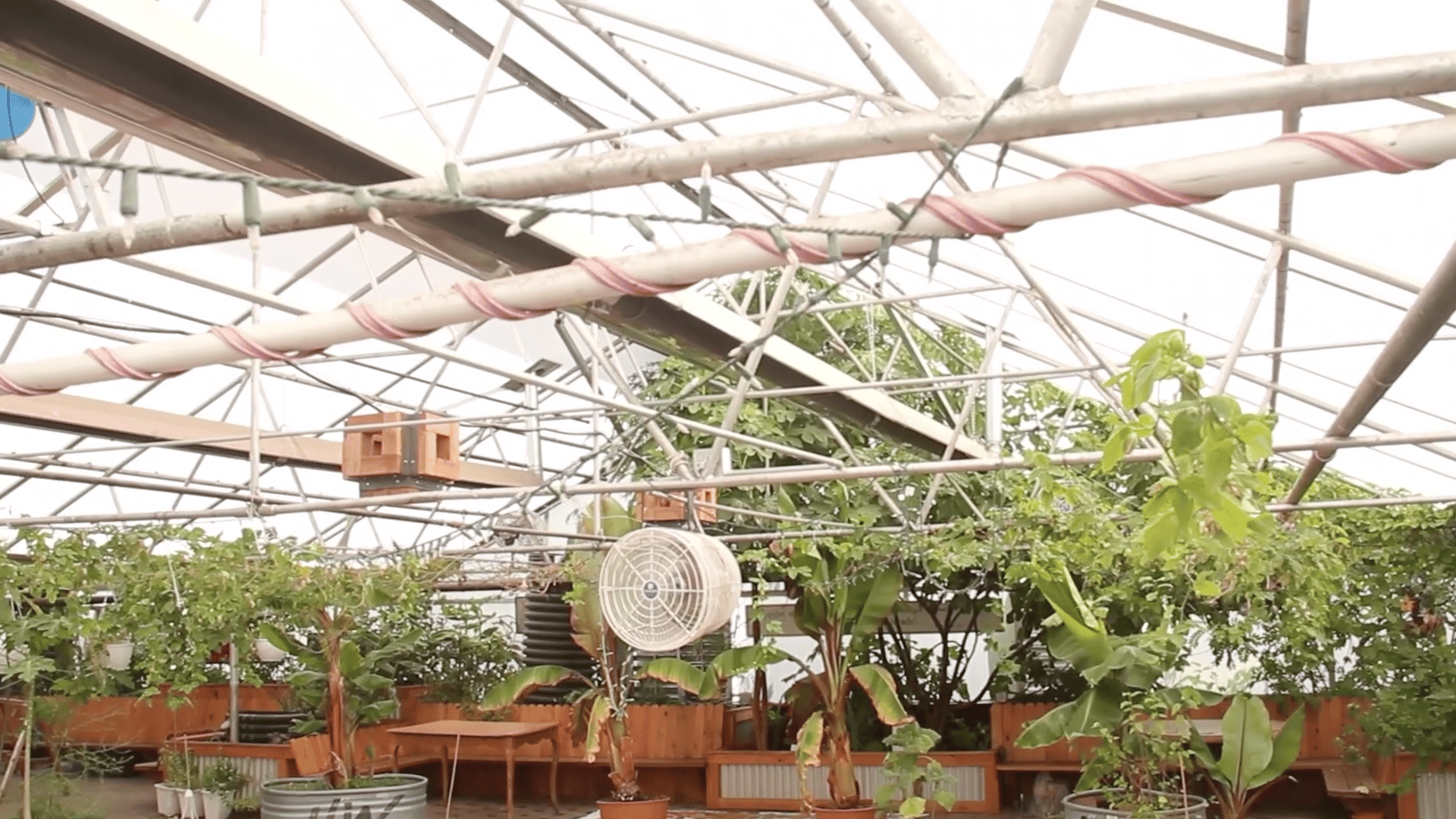
If you read about your city, you may have heard the term "food desert," but unless it's your business to know, you may not have heard a definition.
If you live in one, you probably know it without having a textbook description.
In the simplest terms, it means that it's difficult for you to get to a supermarket. Maybe there's a corner store a couple blocks away, but a grocery store that covers all your needs -- especially when it comes to fresh produce and other healthy foods -- is a hike.
Here's what the United States Department of Agriculture has to say about it:
“While there are many ways to define a food desert, the Healthy Food Financing Initiative (HFFI) Working Group considers a food desert as a low-income census tract where a substantial number or share of residents has low access to a supermarket or large grocery store.”
Low access is defined as being "more than 1 mile from a supermarket or large grocery store in urban areas" or "more than 10 miles from a supermarket or large grocery store in rural areas.” That distance is calculated by measuring from the center of a one-kilometer square grid (confusing, I know) containing population estimates to the nearest supermarket or large grocery store.
In Denver County, the map of census tracts of all incomes with low access looks like this:
As the map shows, there is a concentration of food deserts in north Denver. Those census tracts cover the Globeville, Elyria-Swansea, Skyland, Clayton and Northeast Park Hill neighborhoods.
The smaller cluster on the west side includes Sun Valley and parts of West Colfax and Villa Park.
Only a few higher-income areas -- like Baker and a small portion of Hampden next to Cherry Creek Country club -- have low access, according to this data.
Earlier this year, Globeville and Elyria-Swansea were deemed eligible for city grant and loan money from the Denver Office of Economic Development as part of the Healthy Food Challenge.
The program awards up to $250,000 in grants to projects addressing healthy food education, fresh food retail or food-related microbusinesses, and also includes $1 million available for low-interest loans to incentivize food retailers to open stores in underserved areas.
In July, the Denver Post reported that the nonprofit Focus Points Family Resource Center and Right to Live Well received $76,720 for a support center for entrepreneurs building and running local food microbusinesses. In Elyria-Swansea, the nonprofit GrowHaus got $66,213 to hire two staff members from the neighborhood and a program director. (The Post story swapped those numbers, according GrowHaus.)
Reached by phone on Wednesday, GrowHaus Executive Director Coby Gould said they just received the executed contract to move forward with the grant today, but they've been working up to this point under the assumption that that would happen.
They hired a program manager a few months ago and are working to find and hire for the two community outreach positions.
"The immediate goal is the residents will be going to other residents' homes and doing in-home training about healthy cooking and shopping on a budget, also connecting them to other health resources," Gould said. "The hope there is to really create a network, build the trust -- that’s why we have residents do the education -- and then build a network, build a resiliency in the community so that as other forces happen that might cause displacement or there’s deportation, residents have a network they can tap into."
Growhaus has been serving primarily Globeville and Elyria-Swansea, with some outreach in other north Denver neighborhoods, since 2010. Its mission is to provide food access through education, food production, food distribution and creating economic opportunity through job training. GrowHaus has more than 100 people who shop in its market and more than 60 families a week in the food distribution program. Its education classes have served more than 2,500 students this year.
The Healthy Food Challenge was a start.
Blake Angelo, manager of food systems development in the city’s Office of Economic Development, says the Healthy Food Challenge served as a pilot program, and that the city is still collecting preliminary data in order to move forward in other communities -- like Westwood, for one -- who have said that healthy food access is top priority.
Part of that is encouraging supermarkets to open up shop in those areas, which takes on more forms than those loans from the city.
A report co-authored by Angelo published earlier this year says that 49 percent of low- to moderate-income Denver neighborhoods lack
convenient access to grocery stores. It also says that "High income and educational attainment are among the demographic indicators that grocery retailers prefer, which does not always coincide with underserved areas."
"We work with everything from the large chains to smaller, family-owned chains to help highlight specific parcels ... and we work with other funding partners like the Colorado Fresh Food Financing Fund, who has millions of dollars to incentivize healthy grocery in low food access neighborhoods."
Gould says that while supermarkets don't hurt, they're not always the answer.
Globeville and Elyria-Swansea have some low-density pockets and are divided by a highway, creating access issues were a big grocer to move in.
There's also a cultural and economic issue, he said. People might not always be able to afford the prices at some big stores or might not be comfortable shopping in a Whole Foods. That's why GrowHaus puts an emphasis on smaller markets and other resources.
And the city takes a similar small-scale approach, too. The Healthy Corner Stores Initiative, run by the Department of Environmental Health, works to encourage existing corner stores to sell fresh and healthy food. According to their website, there are 23 participating stores, and they plan to enroll 50 by the end of 2017.
On the most local, grassroots scale, there are Denver's community gardens.
Denver Urban Gardens started with three gardens in the Highland neighborhood in 1985 -- remember that it was a very different place then -- and has since grown to include 157 community gardens across metro Denver. The gardens produce more than 610 tons of fresh produce annually with the help of more than 8,000 volunteers.
And while these gardens serve areas of every income level, DUG does have programs that specifically help people with low access to fresh produce.
Its Fresh Seeds & Transplants program, for example, serves more than 8,500 residents in need. Qualified applicants receive up to seven seed packets and four two-packs of transplants.
Rebecca Andruska, development and communications director at DUG, said that because community gardens have become much more commonplace since 1985, they prioritize helping low-income neighborhoods and food desert areas.
"About 80 percent of our gardens are in low- or medium-income neighborhoods and generally speaking the people in those neighborhoods are coming to us and saying that this is something they want," Andruska said. "They are the ones that recognize that not having access to fresh fruits and vegetables is a problem in their community."
Forty-six of DUG's gardens are located at schools, where gardening and nutrition are integrated into the standard curriculum, and the food is sometimes served in the cafeteria or at youth-run farmers markets.
Andruska says 70 percent of kids in those programs start eating more fruits and vegetables, and at least 50 percent of parents are saying their whole family is eating more fruits and vegetables.
Education is a priority at the gardens outside schoolyards, too. DUG offers community training programs in healthy cooking as well as gardening, and garden leaders help participants learn hands-on.
"Community gardens are really wonderful places and it's definitely about food access but there are so many other benefits>
Here's where you can find the community gardens:
Blue pins = community gardens with openings for the season
Yellow pins = community gardens that are full for the season
Red pins = community gardens not open to the public
Visit DUG's website to learn how you can volunteer at a garden or donate.











